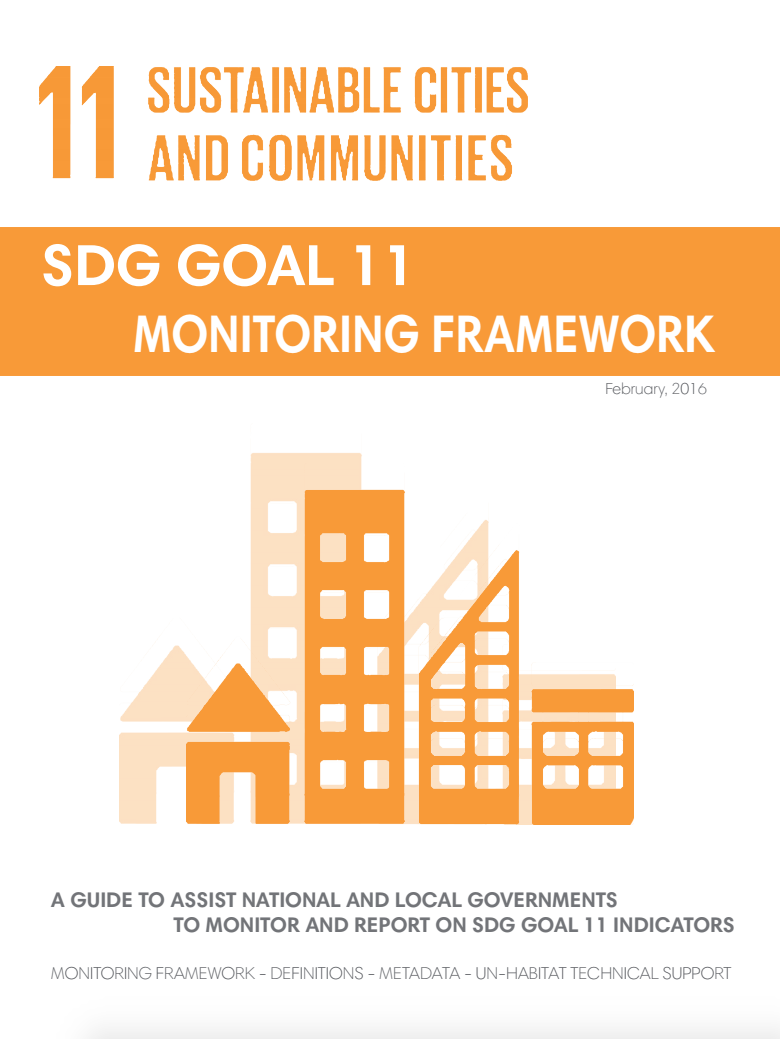Resource information
In September 2015, the United Nations Sustainable Development Summit adopted a new framework to guide development efforts between 2015 and 2030, entitled “Transforming our world: the 2030 Agenda for sustainable development”.1
The 2030 Agenda contains 17 Sustainable Development Goals (SDGs) and 169 targets2. The SDGs address, in an integrated manner, the social, economic and environmental dimensions of development, their interrelations, aspects related to peaceful societies and effective institutions, as well as means of implementation (finance, technology, capacity development etc.).3
Heads of State and Government also committed to engage in the systematic follow-up and review of the implementation of the 2030 Agenda for Sustainable Development. The follow-up and review will be based on regular, voluntary and inclusive country-led progress reviews at the national level feeding into reviews at the regional and global levels. 4
By endorsing a stand-alone goal on cities (Goal 11), known as the ‘urban SDG’, – make cities and human settlements inclusive, safe, resilient and sustainable – the international community recognized urbanization and city growth as a transformative force for development. This first-ever international agreement on urban-specific development acknowledges sustainable urban development as a fundamental precondition for sustainable development.
UN-Habitat has prepared this “Monitoring Framework” as a guide to assist national and local governments in their efforts to collect, analyze, validate data and information in view of the preparation of country-based reports. This “Monitoring Framework” provides the use of necessary definitions, method of computation and metadata of indicators, including spatial indicators. It also includes global, national and local monitoring to support the implementation of SDG Goal 11 targets.
The implementation, monitoring and reporting of the SDG Goal 11 will enhance the coordination mechanisms of national and local authorities and in some cases it will represent a drastic change of governance with higher participation of local authorities in this process. National Statistical Systems will be further reinforced to increase their capacity to measure local, national, regional and global targets and indicators in an accurate, reliable and timely manner. These national systems will need to use both conventional and modern forms of data collection, including spatial indicators, to increase the capacity of national and local governments to produce accurate information for evidence-based decision-making.

